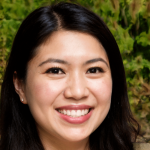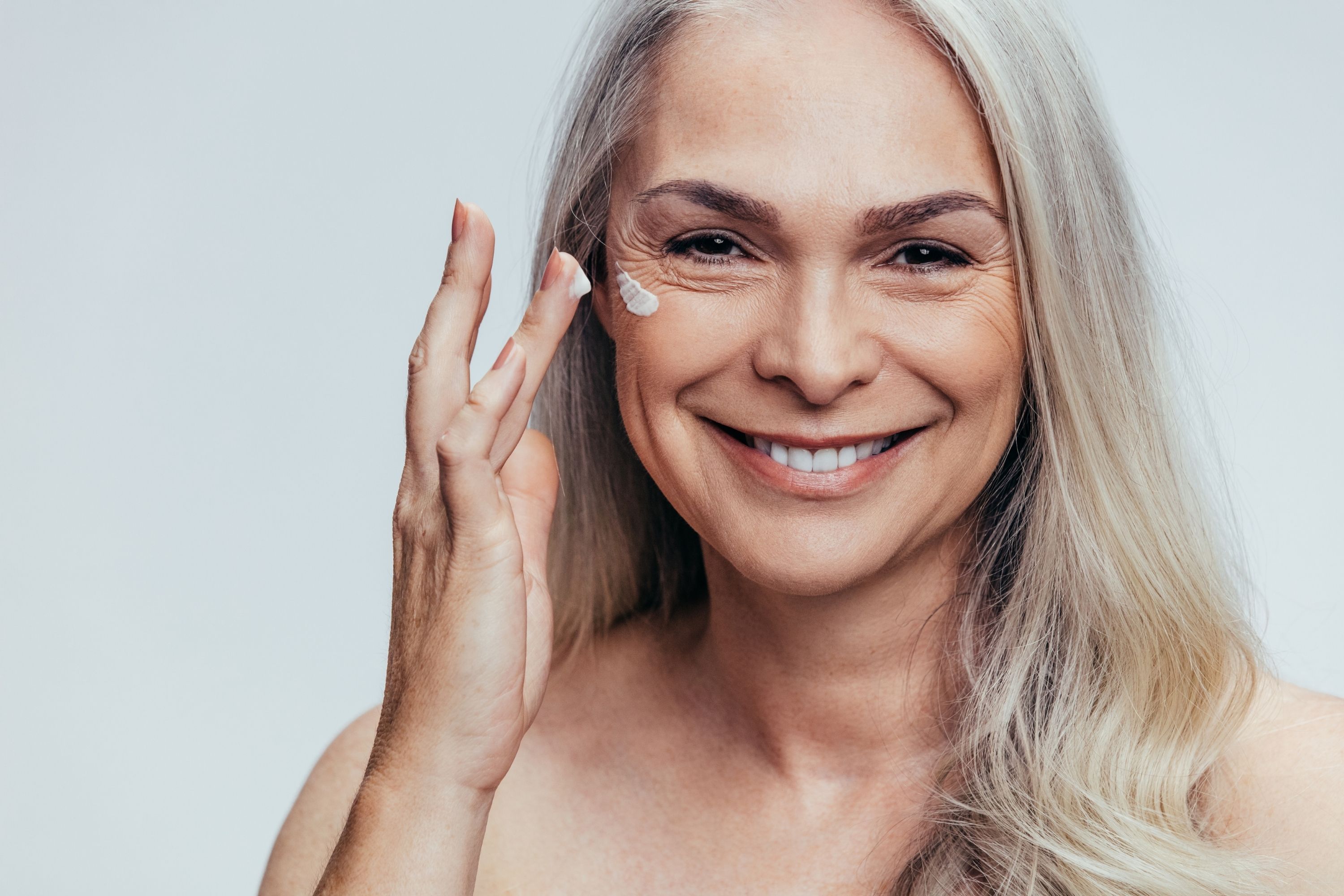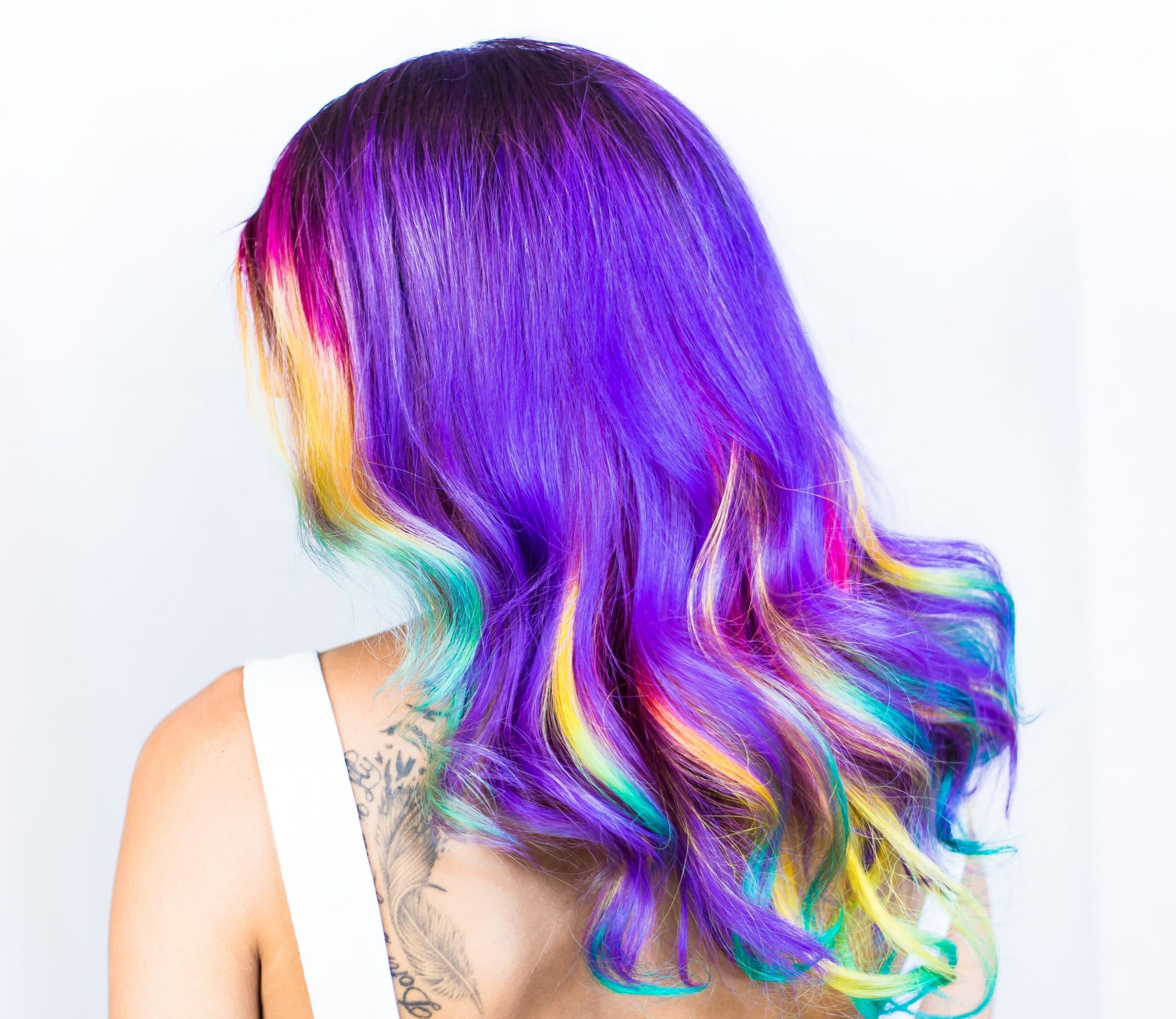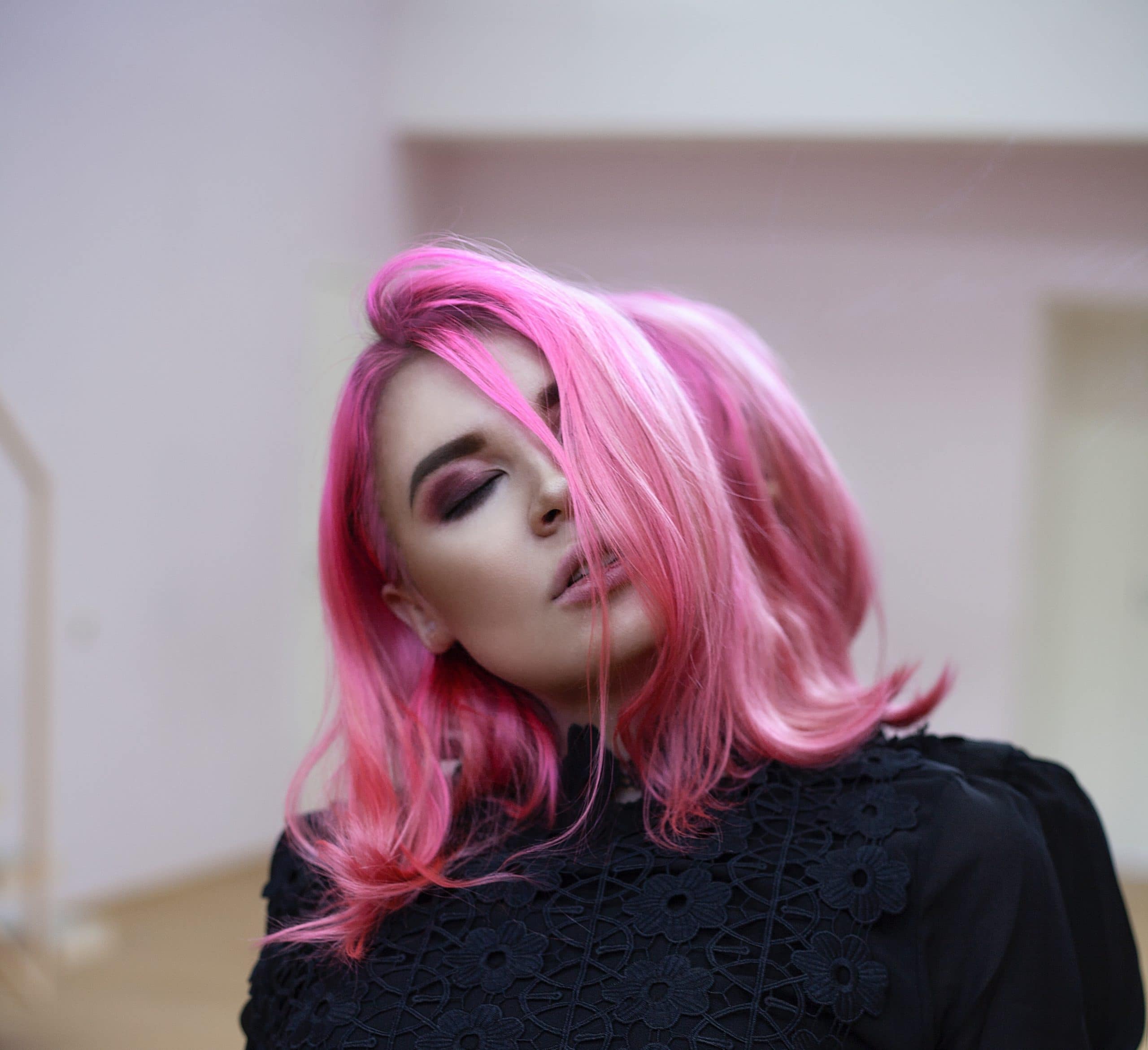Synthetic hair recently became very popular and there’s nothing strange about it! A great variety of their types allows ladies to pick the optimal one for themselves.
Besides, a flexible price is also an advantage.
Girls like these artificial locks since they look stylish and gorgeous!
Want to learn more about the difference between synthetic and human hair?
Continue reading since we’ve prepared many more interesting facts!
What Is Synthetic Hair
Before we begin, we shall clarify one issue. What is synthetic hair extensions?
As it comes from their name, they are artificial locks made by a human from different artificial materials. Due to the design, they are felt and look like a natural chevelure.
Since the production is easy and needs no such thing as many expenses, artificial locks are simple to buy.
In addition, the artificial locks are extremely simple to wear since this faux chevelure needs no washing or styling. The only thing a lady needs is to decide what style of locks she desires and pick a color! Artificial strands are sold wavy, straight, and curly of different length so there’s gonna be no problem!
Synthetic Hair Definition
Of course, artificial locks come is many variants. Some are simpler to use whereas others require certain skills to attach them, nevertheless, the procedure is simple.
Besides, the duration of use is also different and it hangs upon a certain type. There are long-term and short-term extensions.

- Short-terms are easy to attach (takes 1-10 min) and take off. They include clip-in and flip-in extensions and can be worn at any time.
- Permanent types are tape-in, micro-ring, pre-bonded, and microchet. These ones last from several weeks to eight months. No need to remove before going to bed but attaching them requires professional assistance.
Let’s examine some of them closer.
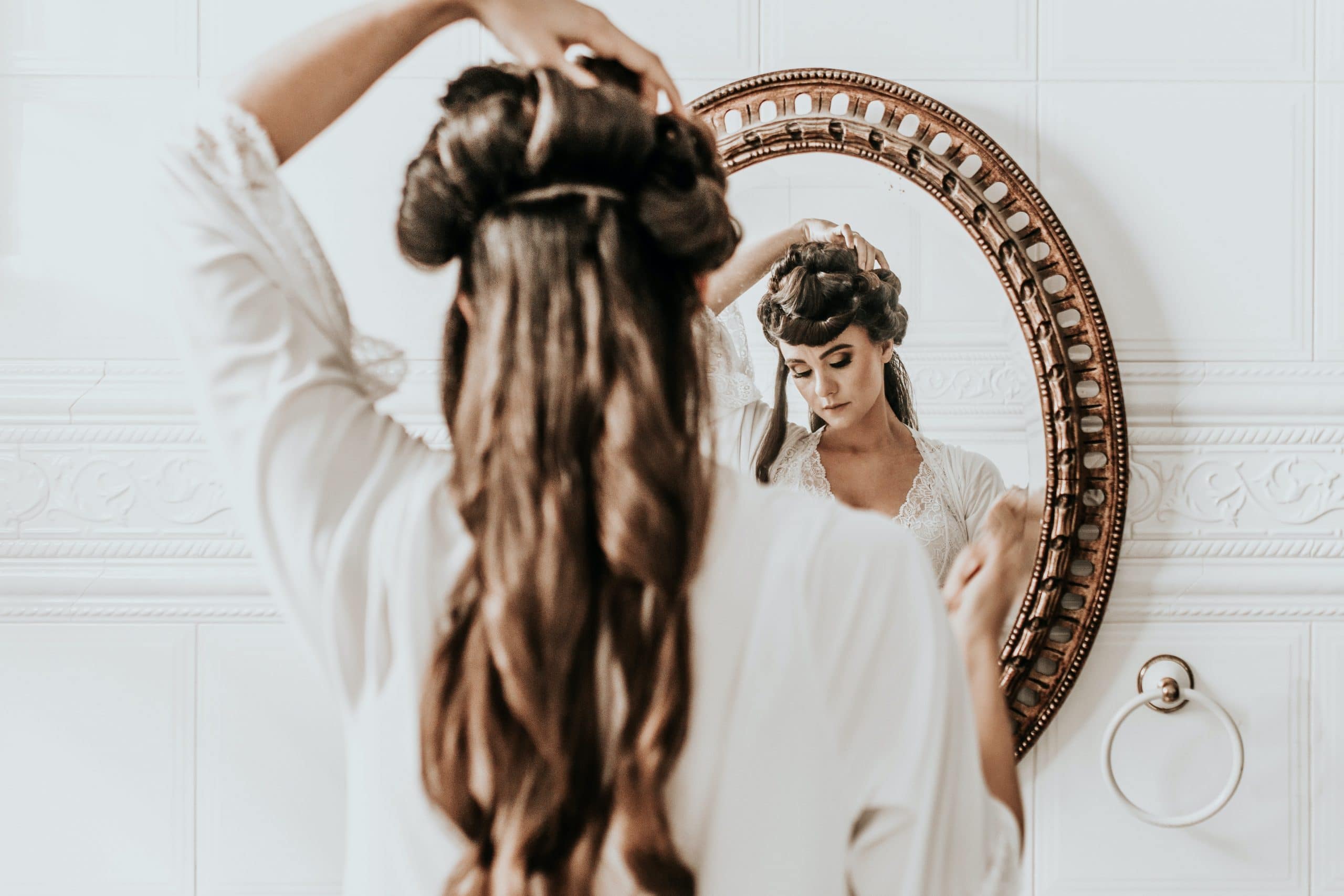
- Synthetic hair clip-in extensions are the simplest regarding the use. They are sold as one or several pieces of different width, comfy, and harmless to the native chevelure.
- Tape-in locks are long-term, safe to locks, and last for 2-3 months.
- Tape-ins look like 1-inch wide thin wefts attached by taping amongst the original locks. They cause no damage to the native chevelure but are quite tricky to put on so one will need help for that.
- The pre-bonded type is attached using glue and must be put on by the hairdresser.
- Nano ring ones are attached by special rings the strands have.
All the artificial locks are safe for our native manes but some must be applied by the professional.
How Is Synthetic Hair Made?
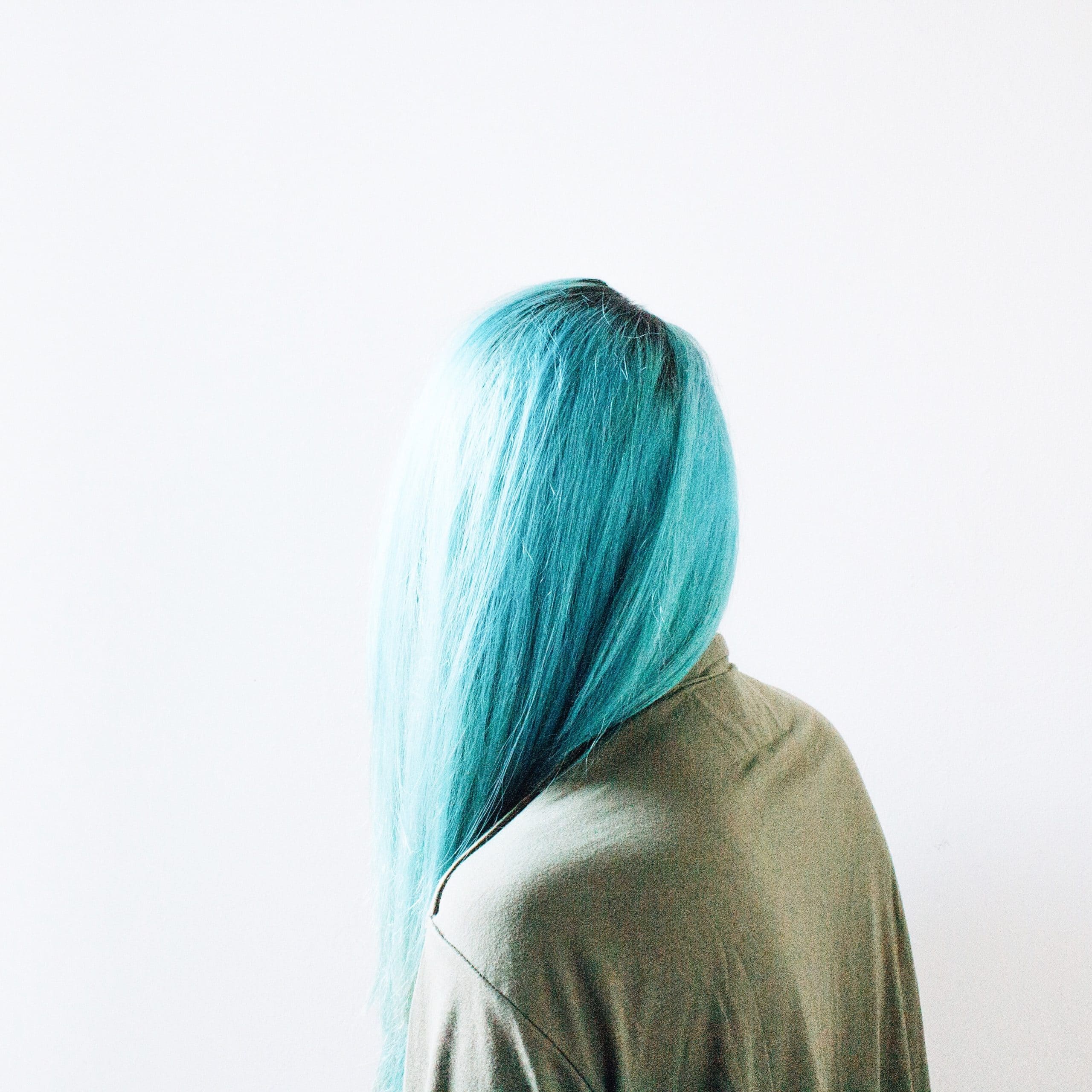
How are artificial locks manufactured?
Hair extensions made of synthetic strands originally are produced from the low-grade acrylic.
It is first heated, strung into strands that make individual hair fibers afterward.
The next step is to lace or tie the strands into extensions.
Hanging upon the basic material, there are acrylic hair and nylon hair extensions.
Are Hair Extensions Safe To Use?
Of course, sooner or later someone will ask whether synthetic hair is fine to use.
No matter whether one uses synthetic hair clip-ins or another type of artificial locks, certain dangers still exist.
- Since such chevelure is of artificial material, it’s flammable which means one can’t approach to the sources of heat (e.g. stove or oven) or to the open fire to avoid burning ones’ head.
- If we overheat the artificial strands, they can melt or burn.
- Synthetic chevelure doesn’t allow the natural locks to breathe properly. It provokes scalp sweating too much causing an itch and irritations.
- If artificial locks contain low-quality materials (we never know their true quality), they can cause various skin irritations of the scalp.
- The constant wearing of artificial strands may lead to fungus and bacteria spreading.
For putting artificial strands seldom on a special occasion, artificial locks are fine but think properly whether you’re ready to endanger the chevelure and health by having them on constantly.
Synthetic VS Human Hair Extensions.

Considering the possible damages that artificial locks may cause, people often wonder whether synthetic hair extension or a synthetic wig is possible to be replaced with natural hair one.
Synthetic or human hair? Let’s see the difference!
| HUMAN HAIRS LOCKS | FAUX LOCKS | |
|---|---|---|
| Lifespan | approximately one year | 1-3 months |
| Hot styling resistance | 100% heat-friendly | though certain items are heat-resistant, most of them will melt |
| Maintainance | Require care similar to the natural chevelure, besides, the styling is not humidity or water-resistant | a pre-set style that can’t be changed |
| Coloring | available | can’t be colored |
| Price | 76-400$ | 50-85$ |
| Exterior | Look natural just like our own locks | look somewhat plastic and too shiny (if it’s a wig) but extensions are just like your own strands |
| Safety | flammable | flammable and may cause various skin problems to the scalp |
Even though artificial locks are cheaper and easier to maintain, they are more health-threatening and have certain cons regarding the use.
How to Wash Hair Extensions. Specifics And Tips
Even if synthetic hair is easier to maintain, certain nuances still must be considered to extend their life.
- Don’t wash them too often to avoid ruination
- Deep conditioning weekly is a must to soften the locks
- Brush the strands regularly to untangle
- Visit a hairdresser regularly to keep an eye on the artificial locks
- Keep the locks in their original package to avoid damages
Related: How to Keep Synthetic Hair from Frizzing?
How to Pick Artificial Hair Extensions

Finally, how do we choose the synthetic locks that we need?
Think about the length desired. Remember that the straight, curly, and wavy locks of the equal length will seem longer or shorter due to their texture, they must be soft also.
Pick the texture that will fit you best.
Decide how many grams of artificial locks needed. Go to the salon to calculate everything correctly.
Pick the most comfortable sort of artificial locks and finally, decide which color will be optimal.
We hope that these tips and information were useful and they will allow picking the artificial locks correctly hanging upon the personal needs and wishes of yours!
Read Next: How to Dye Synthetic hair? Practical Guide


